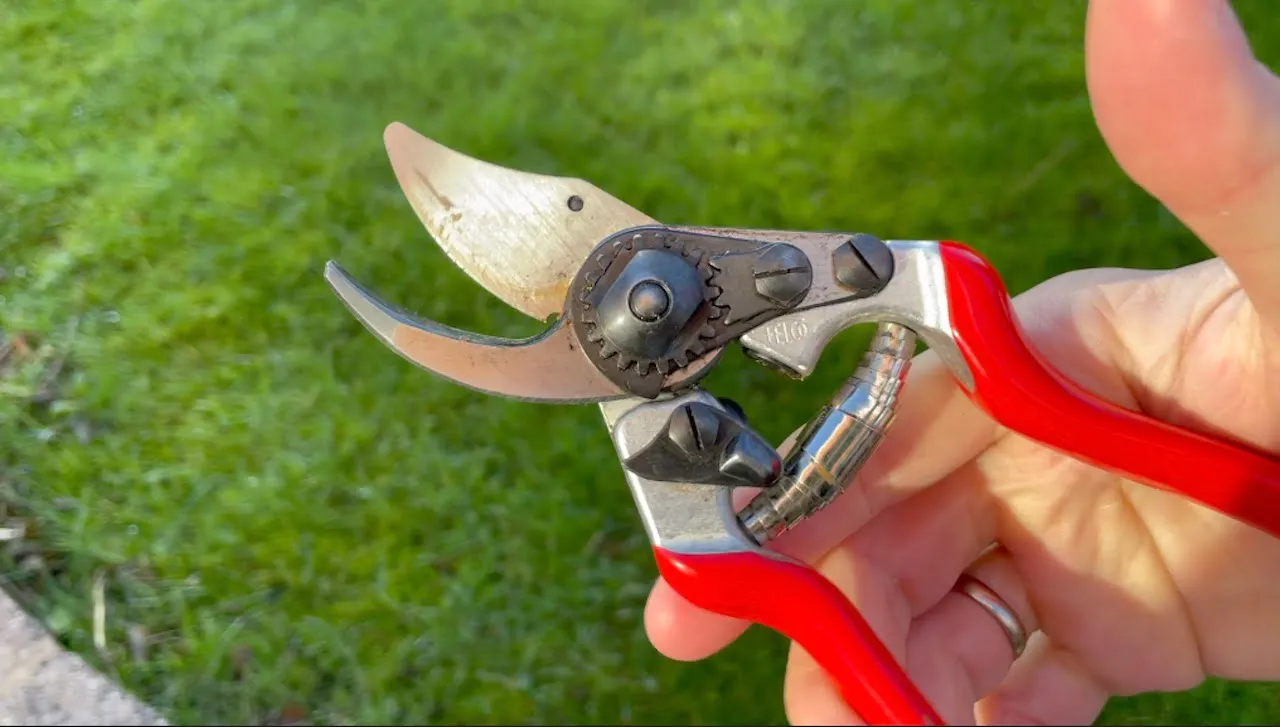Hi @lwhite44
Thanks for your question. It looks very much like the beginnings of Coral spot. A shrub and tree fungus that weakens plants though it's usually not fatal more annoying than anything. More of a nuisance and causes some gardeners concern until they know what it is. I would never fully remove a tree or shrub just because of coral spot.
What is coral spot?
Coral spot is a type of fungal disease that affects a variety of trees and shrubs. It is caused by the fungus Nectria cinnabarina, which primarily targets injured or weakened plants.
Coral spot gets its name from the distinctive coral-red or orange fruiting bodies it produces on infected plant tissues.
The disease typically enters a plant through wounds, such as pruning cuts, insect damage, or other injuries. The fungus then colonizes the affected tissues, causing them to decay and die. As the fungus grows, it forms tiny coral-like structures called pustules or conidiomata, which release spores.
These spores can spread to other parts of the same plant or be carried by wind, rain, or insects to infect neighbouring plants. This is why quick treatment is essential to help reduce its spread, such as pruning infected branches out or at least tidying up a tree's structure to increase airflow to it.
How to tell if my trees got coral spot?
The symptoms of coral spot include the presence of small, sunken cankers or lesions on branches, twigs, or stems. These cankers often have a distinctive coral or salmon colouration, especially when the fruiting bodies are present. Infected plant tissues may die back beyond the site of infection, leading to dieback or stunted growth.
It's important not to compost any pruned or fallen branches. Always burn or bin them to stop the spread.
Treating coral spot
To manage coral spot it is essential to maintain plant health by providing proper cultural care, such as regular watering, appropriate pruning techniques, and good soil fertility.
Removing and destroying infected plant parts can help reduce the spread of the disease and is a must with side branches or laterals if it doesn't completely ruin the shape of your tree's shape. Fungicidal treatments may be used in severe cases, although prevention and cultural practices are generally more effective.

Try to avoid pruning in wet weather where the spores can be spread, and ensure tools are disinfected after pruning coral spot so you don't spread it inadvertently to other shrubs or plants.
https://youtu.be/B47iplhJHkE
Hope that helps
Hi @lwhite44
Thanks for your question. It looks very much like the beginnings of Coral spot. A shrub and tree fungus that weakens plants though it's usually not fatal more annoying than anything. More of a nuisance and causes some gardeners concern until they know what it is. I would never fully remove a tree or shrub just because of coral spot.
What is coral spot?
Coral spot is a type of fungal disease that affects a variety of trees and shrubs. It is caused by the fungus Nectria cinnabarina, which primarily targets injured or weakened plants.
Coral spot gets its name from the distinctive coral-red or orange fruiting bodies it produces on infected plant tissues.
The disease typically enters a plant through wounds, such as pruning cuts, insect damage, or other injuries. The fungus then colonizes the affected tissues, causing them to decay and die. As the fungus grows, it forms tiny coral-like structures called pustules or conidiomata, which release spores.
These spores can spread to other parts of the same plant or be carried by wind, rain, or insects to infect neighbouring plants. This is why quick treatment is essential to help reduce its spread, such as pruning infected branches out or at least tidying up a tree's structure to increase airflow to it.
How to tell if my trees got coral spot?
The symptoms of coral spot include the presence of small, sunken cankers or lesions on branches, twigs, or stems. These cankers often have a distinctive coral or salmon colouration, especially when the fruiting bodies are present. Infected plant tissues may die back beyond the site of infection, leading to dieback or stunted growth.
It's important not to compost any pruned or fallen branches. Always burn or bin them to stop the spread.
Treating coral spot
To manage coral spot it is essential to maintain plant health by providing proper cultural care, such as regular watering, appropriate pruning techniques, and good soil fertility.
Removing and destroying infected plant parts can help reduce the spread of the disease and is a must with side branches or laterals if it doesn't completely ruin the shape of your tree's shape. Fungicidal treatments may be used in severe cases, although prevention and cultural practices are generally more effective.

Try to avoid pruning in wet weather where the spores can be spread, and ensure tools are disinfected after pruning coral spot so you don't spread it inadvertently to other shrubs or plants.
Hope that helps
 Lee Burkhill: Award Winning Designer & BBC 1's Garden Rescue Presenters Official Blog
Lee Burkhill: Award Winning Designer & BBC 1's Garden Rescue Presenters Official Blog



